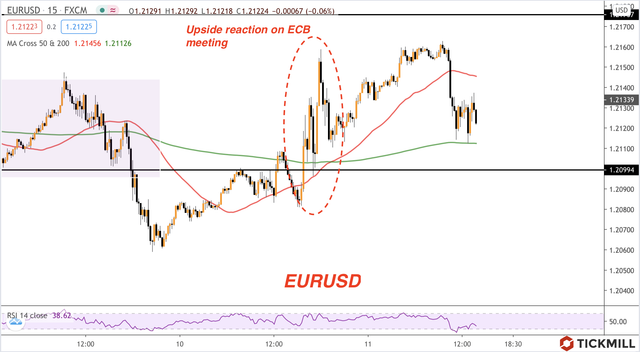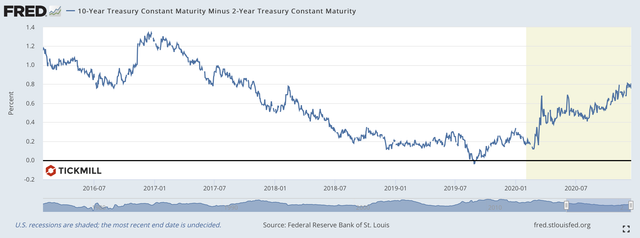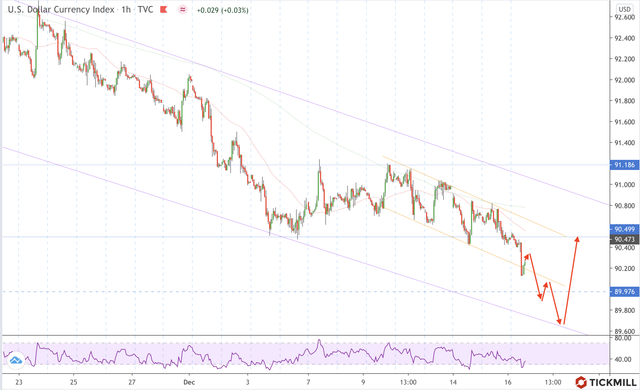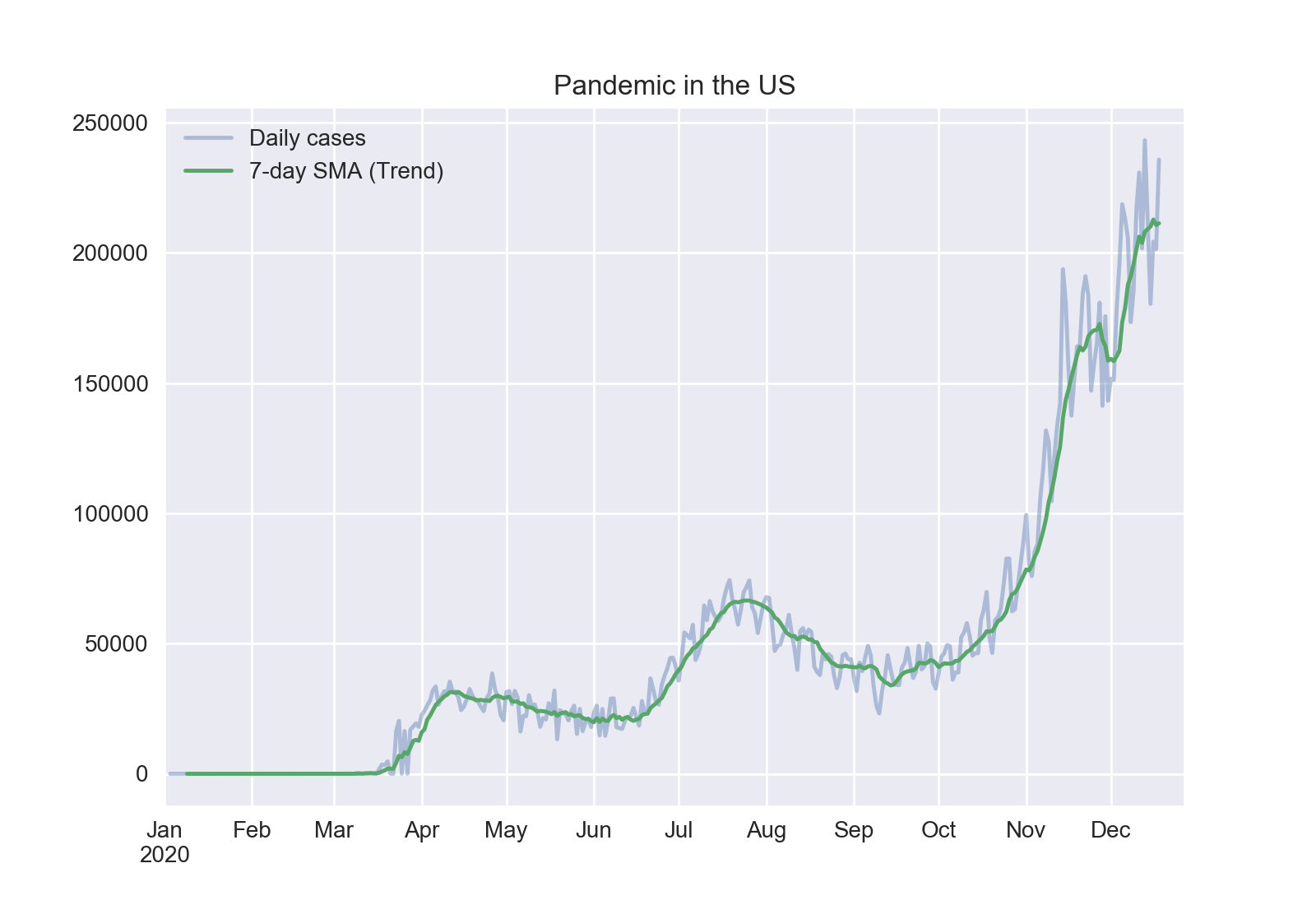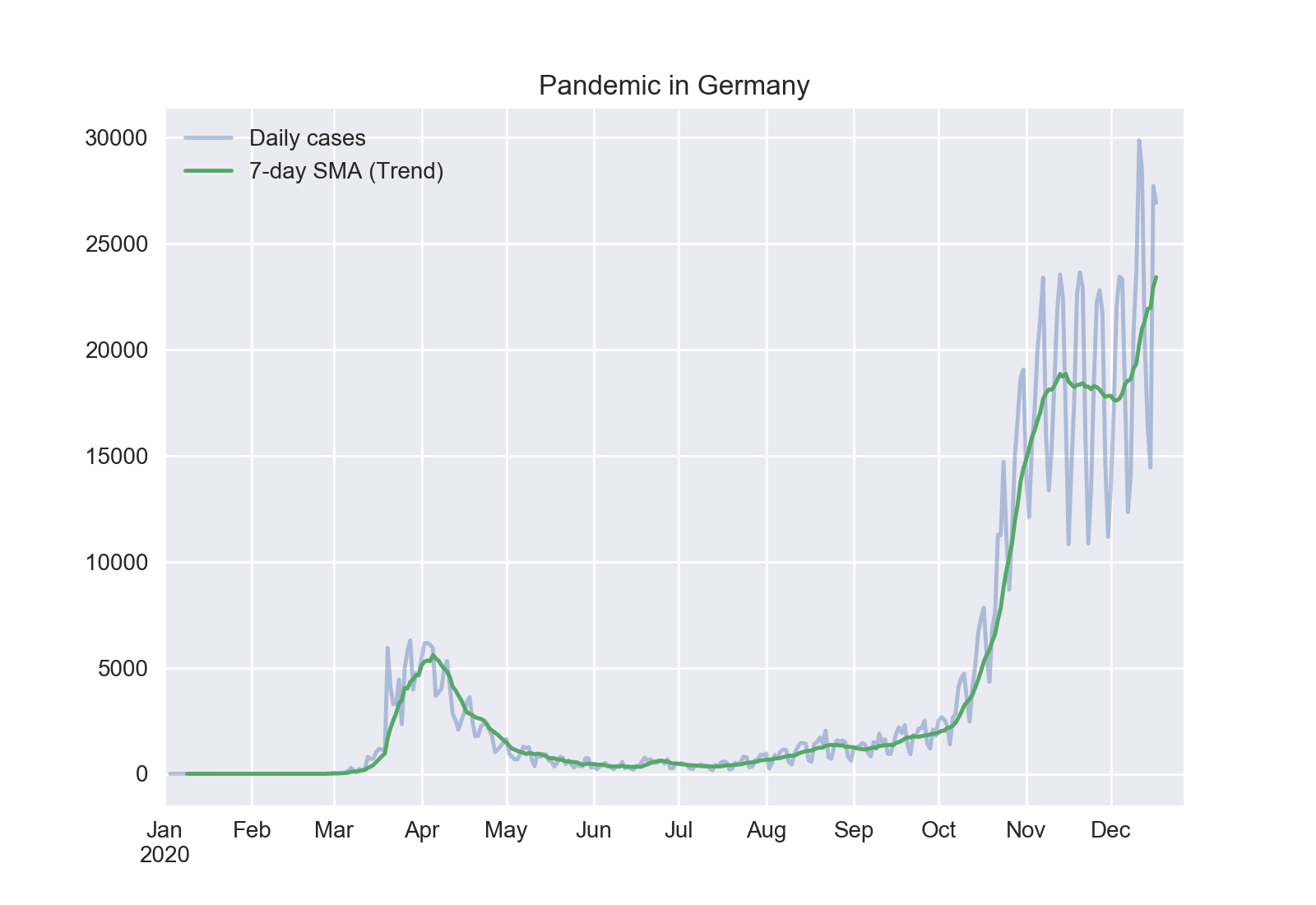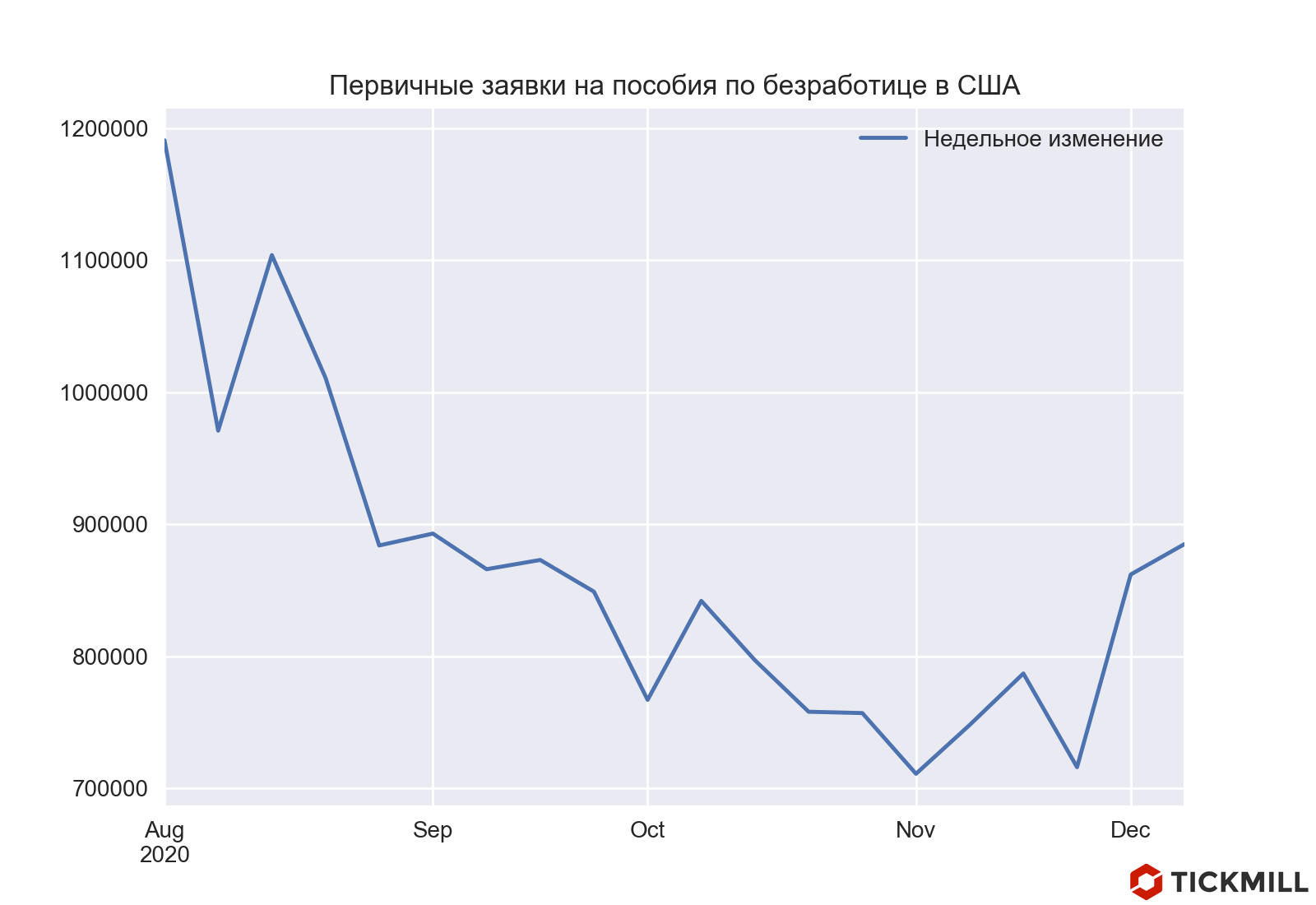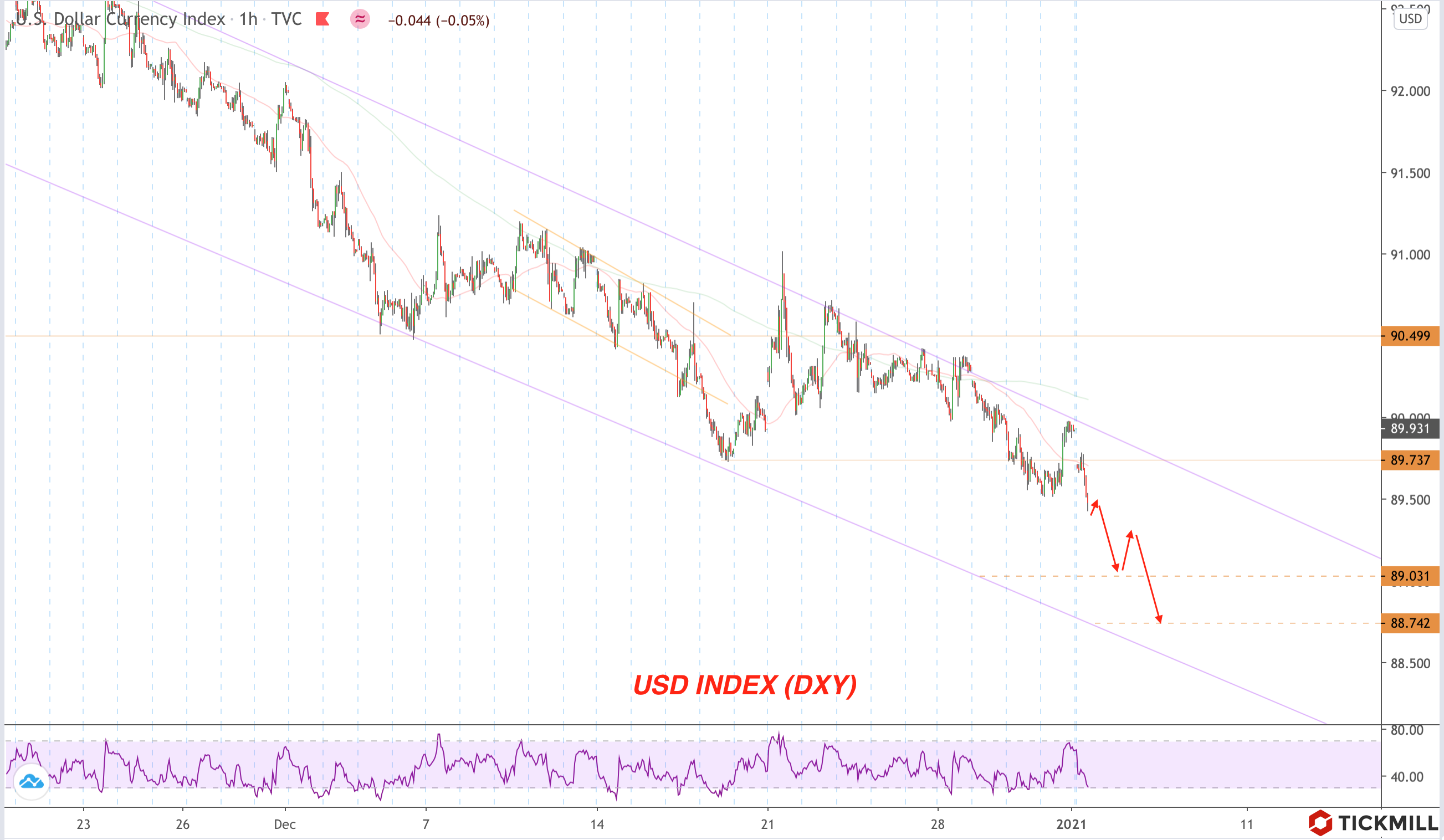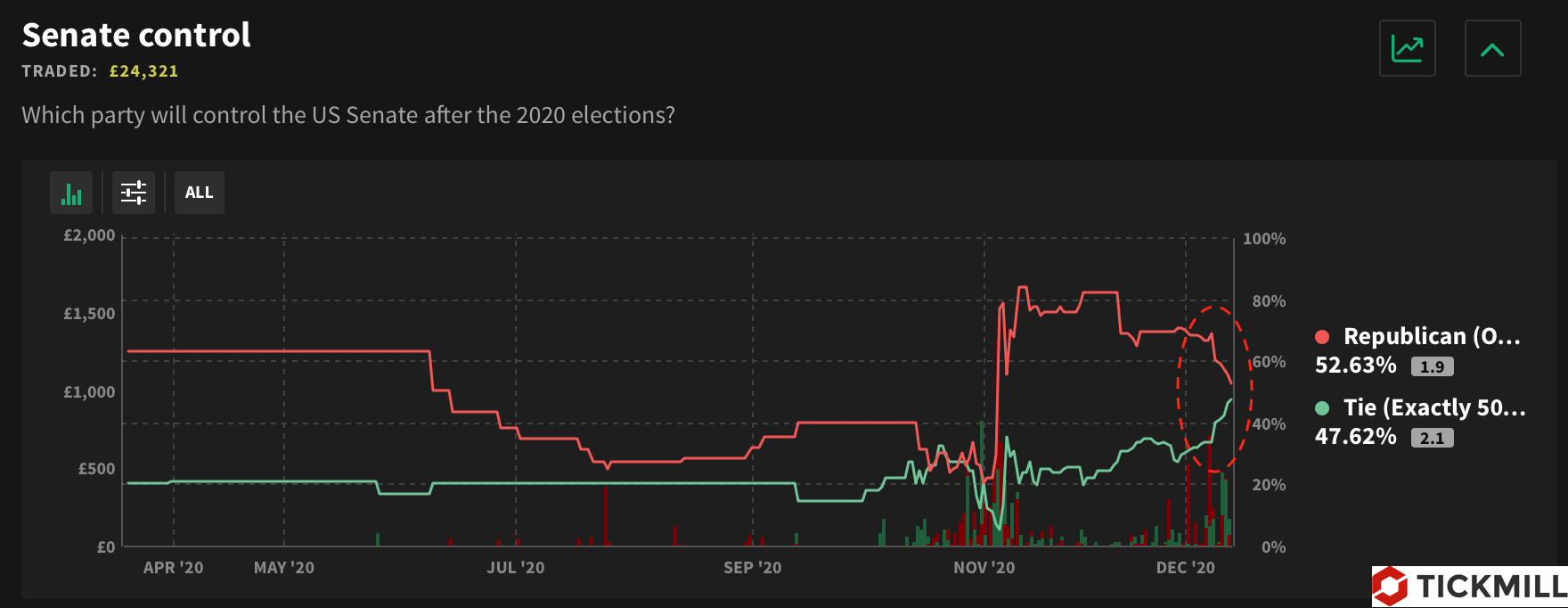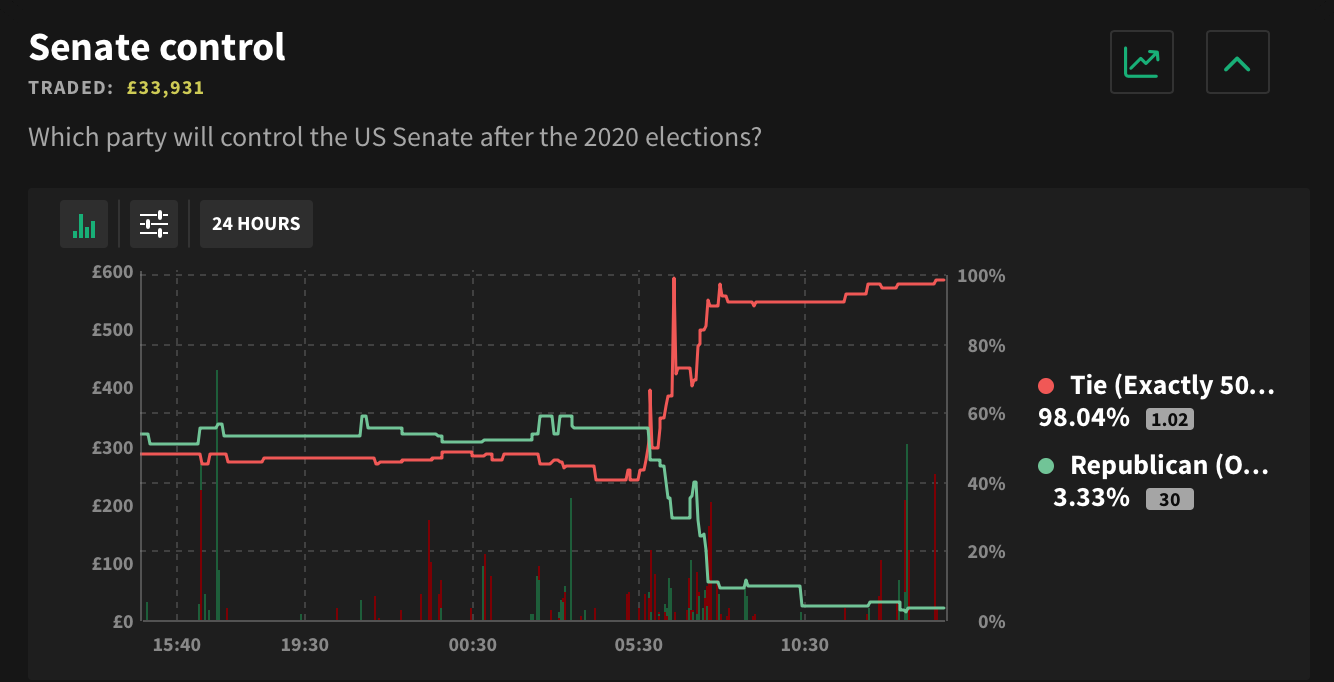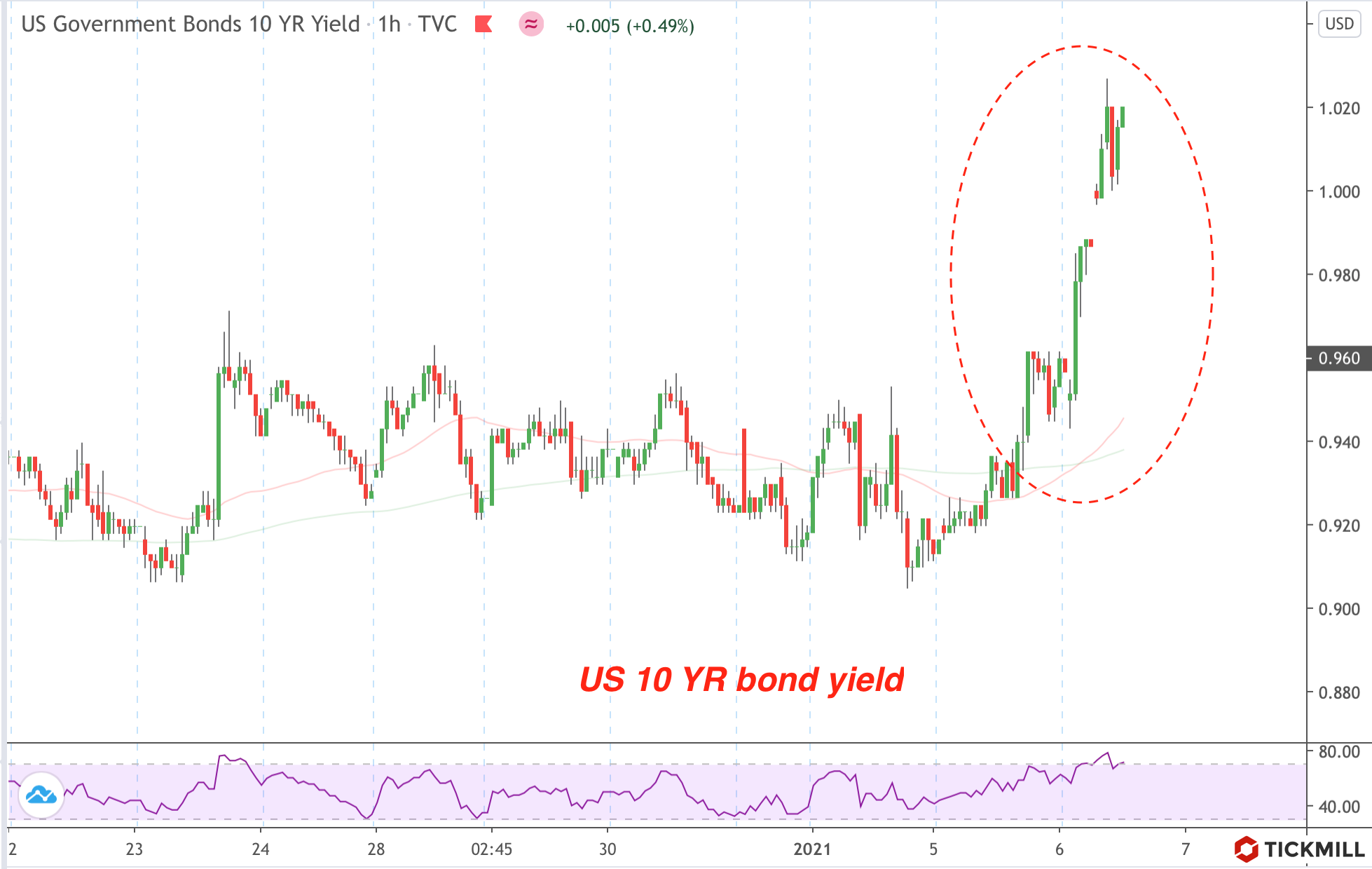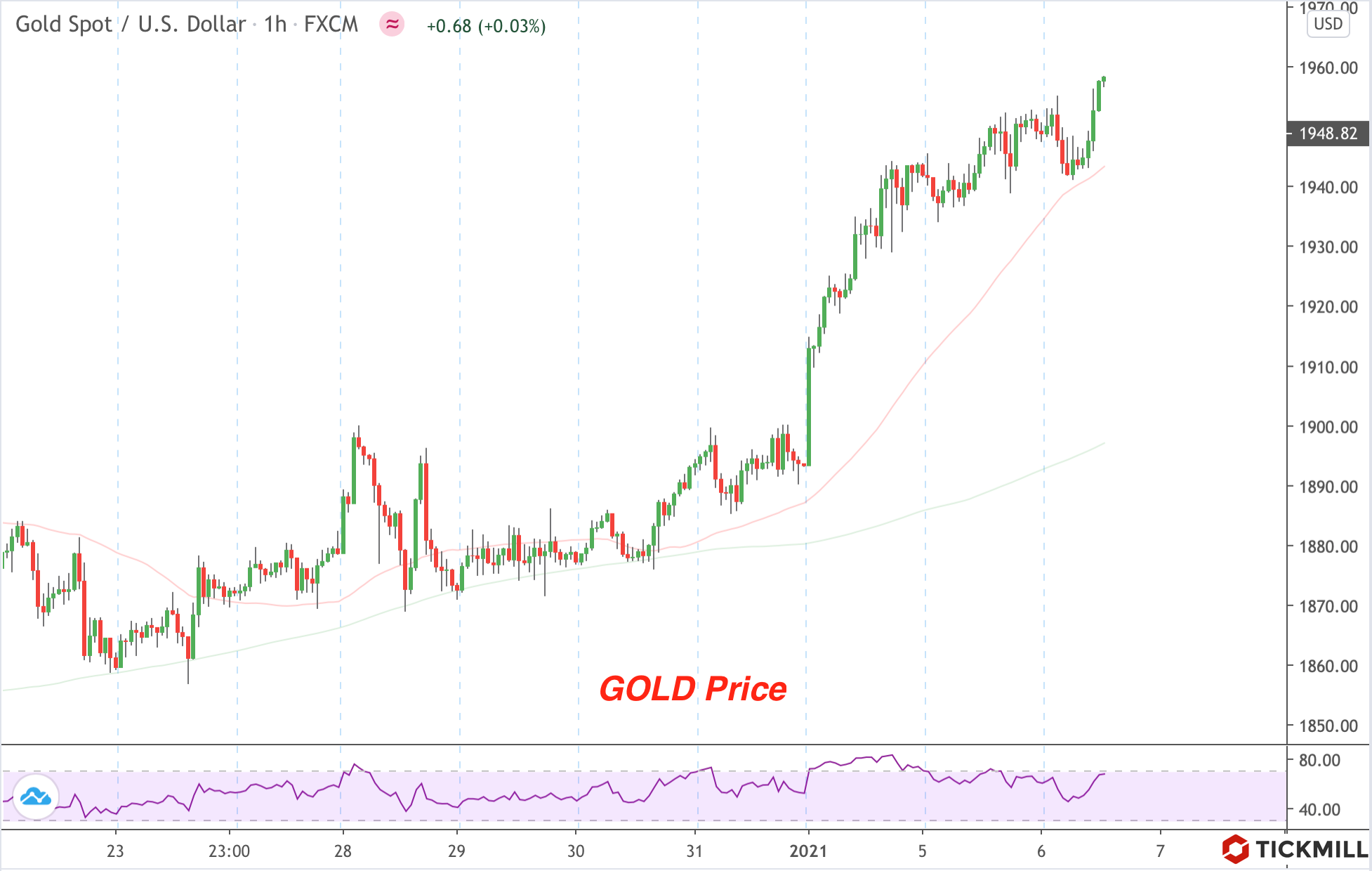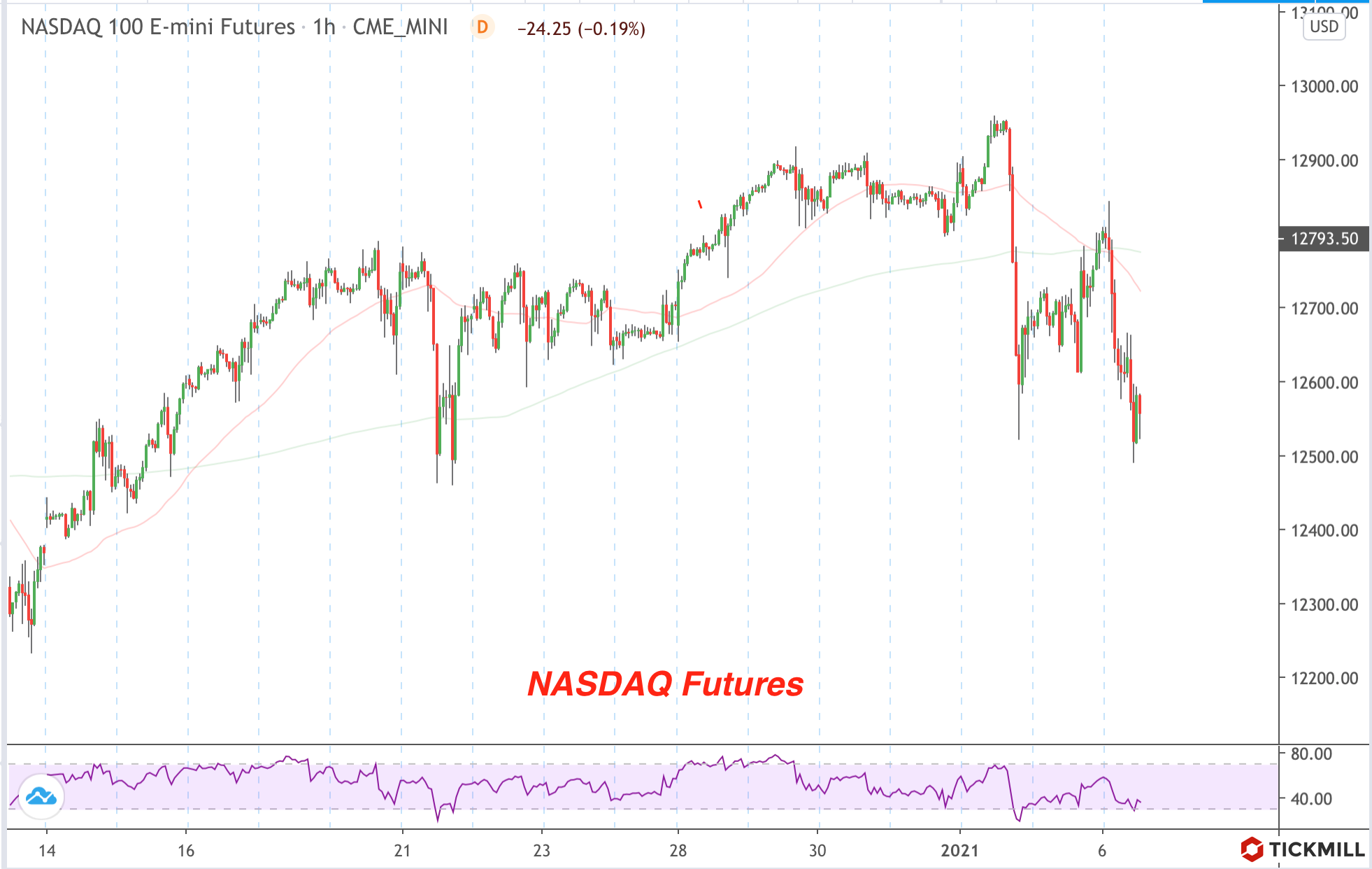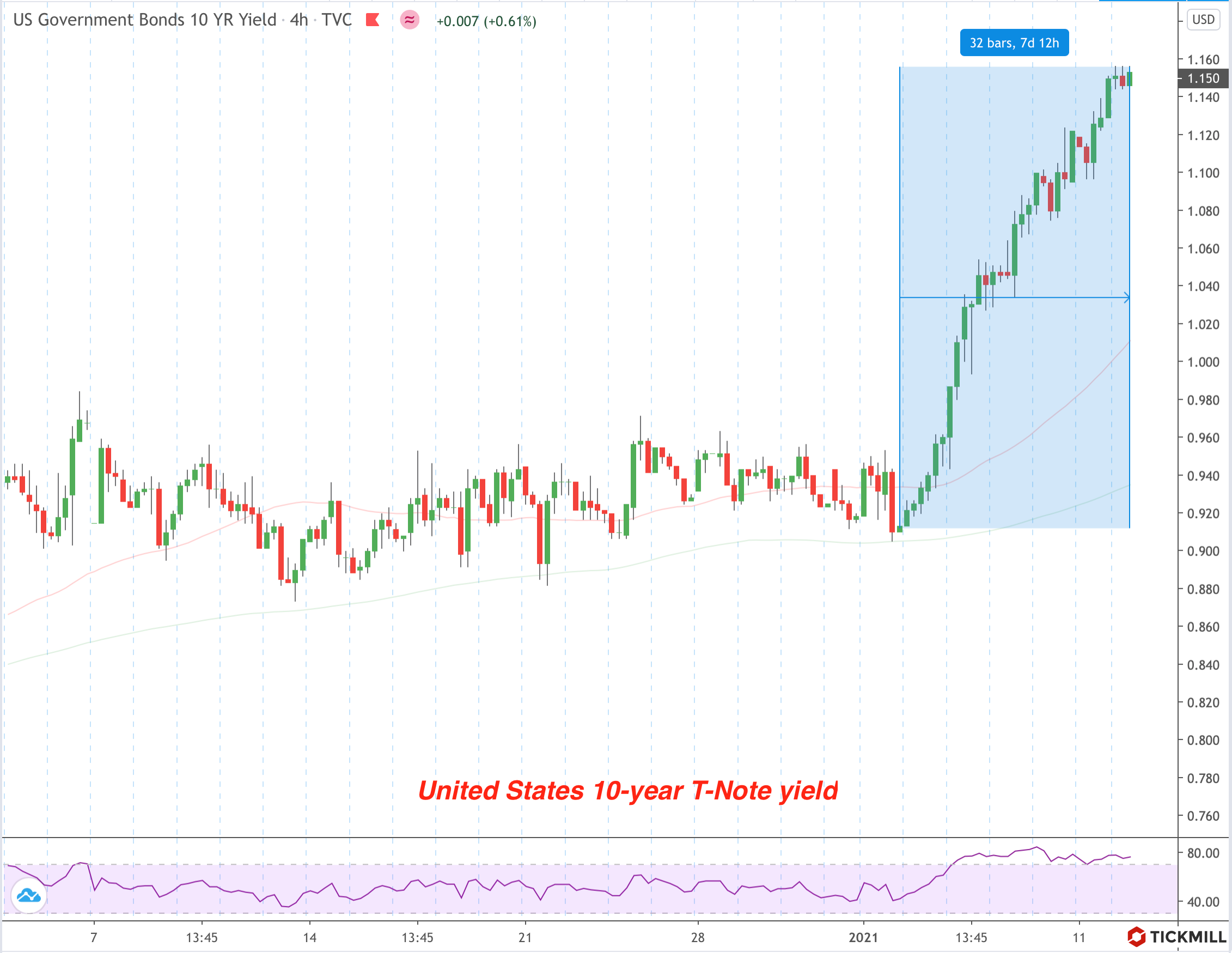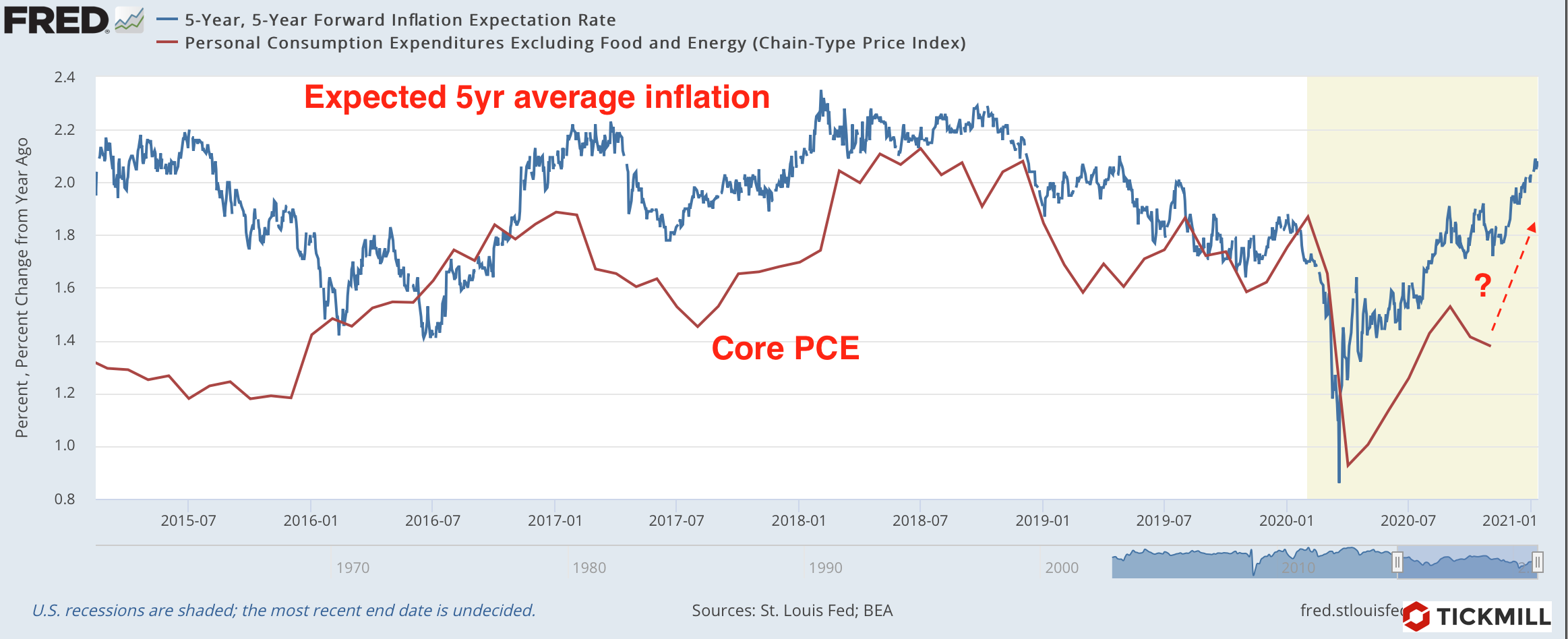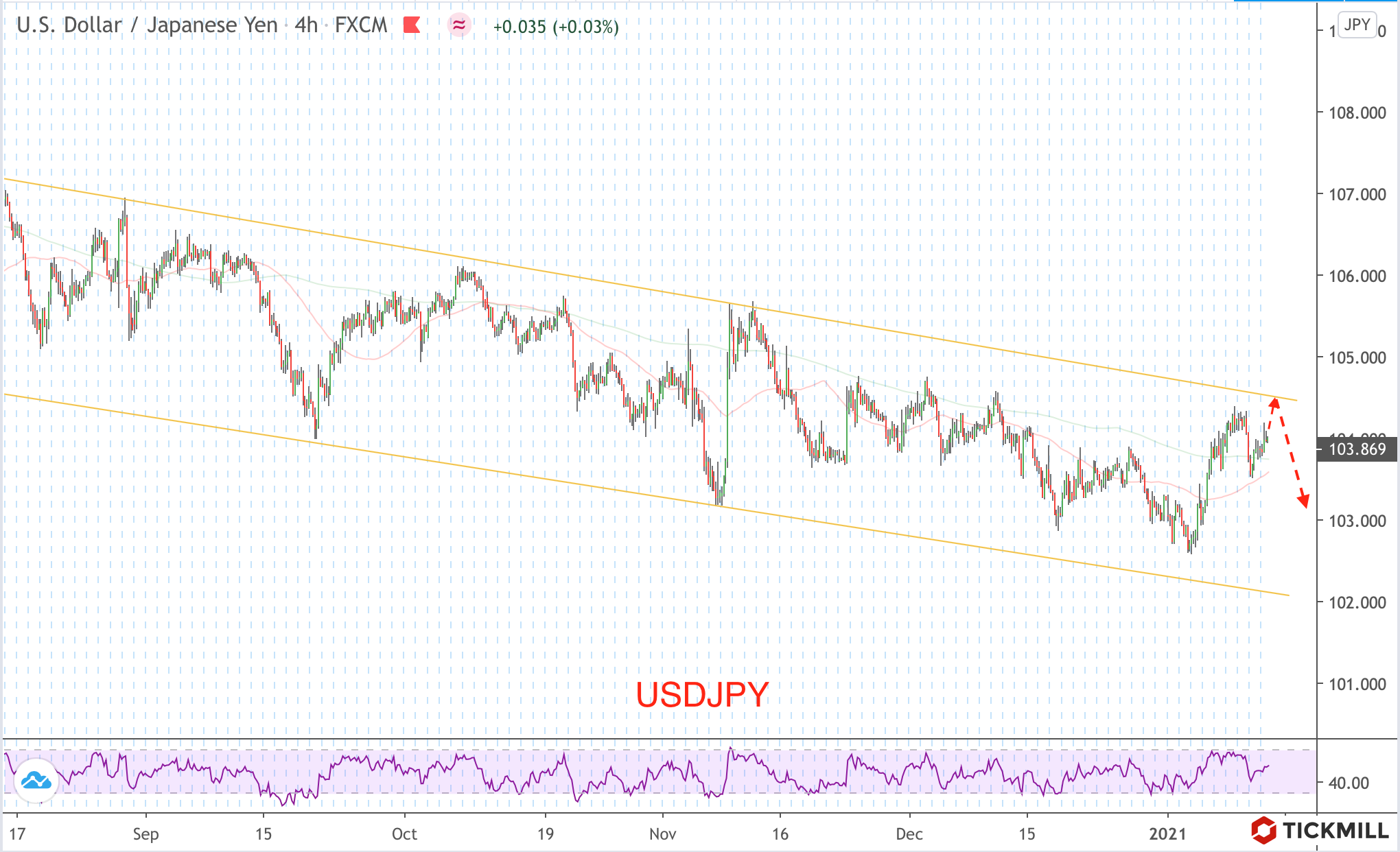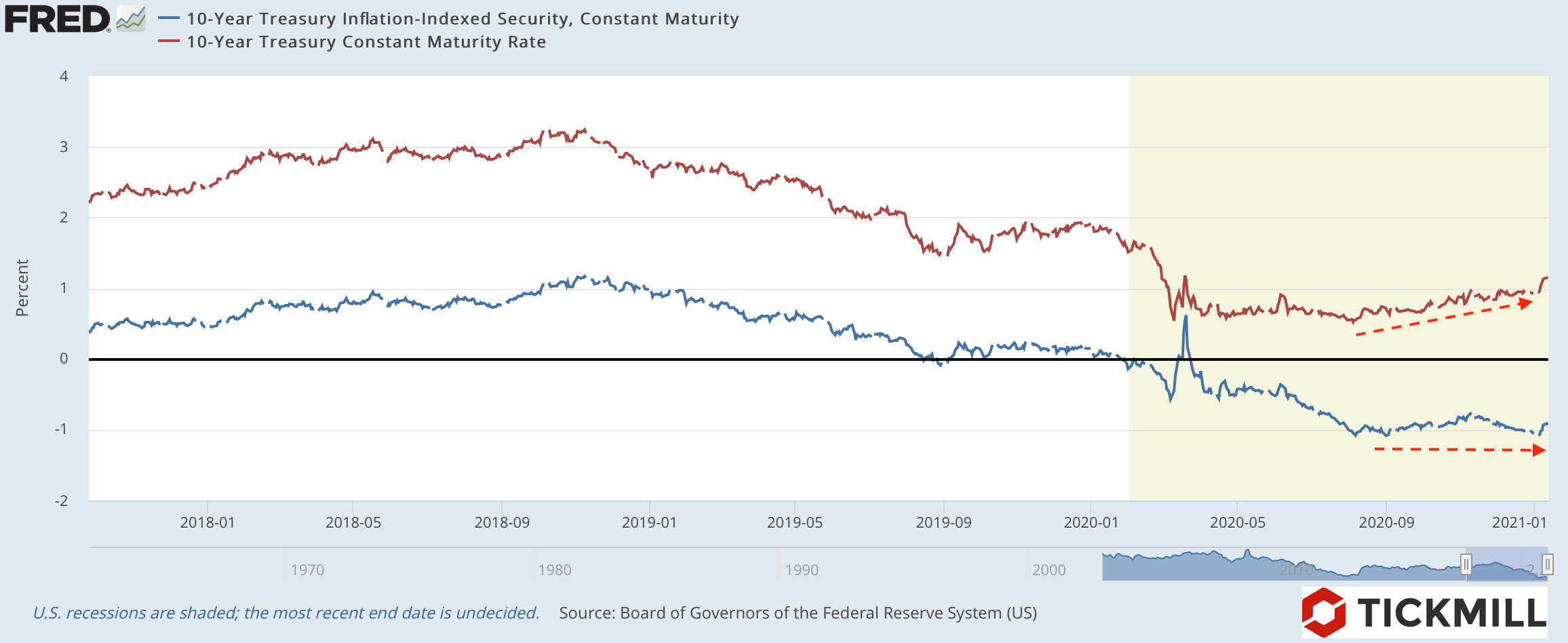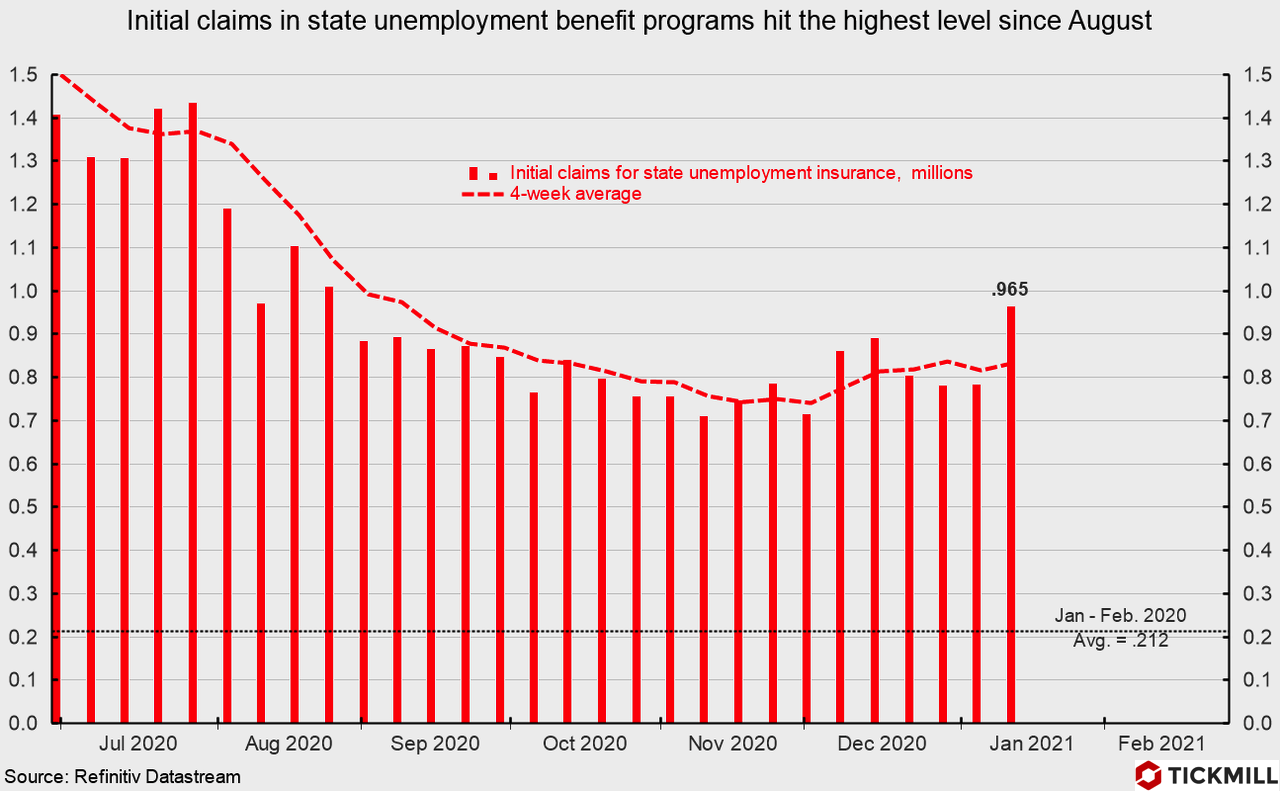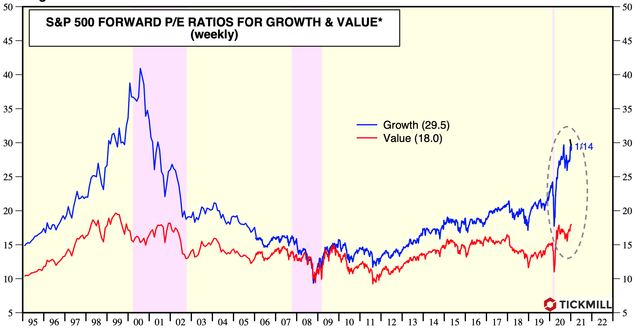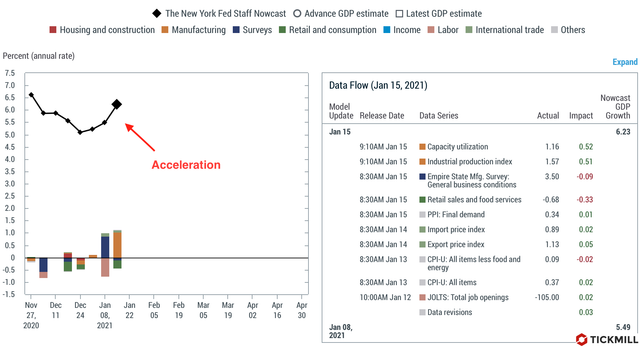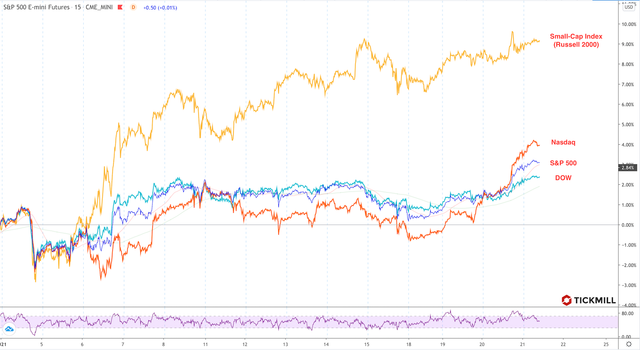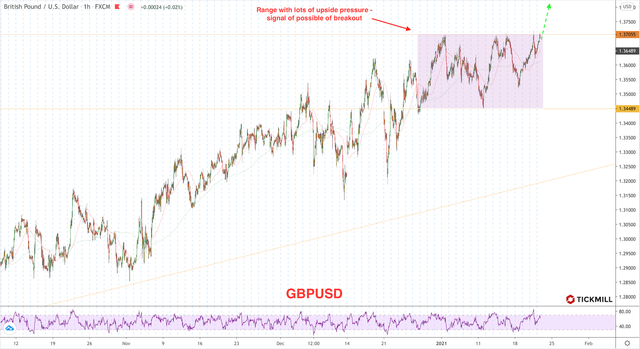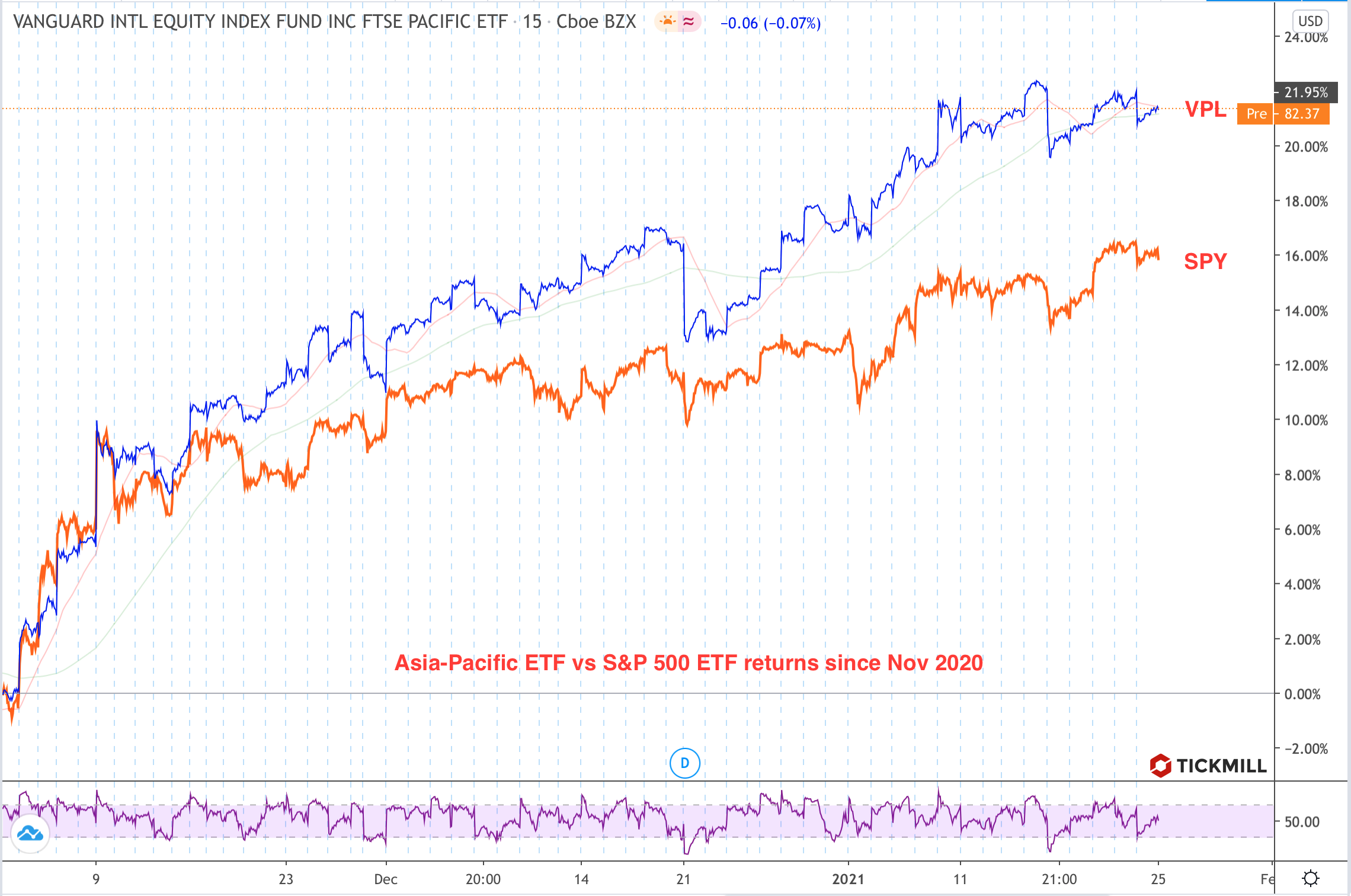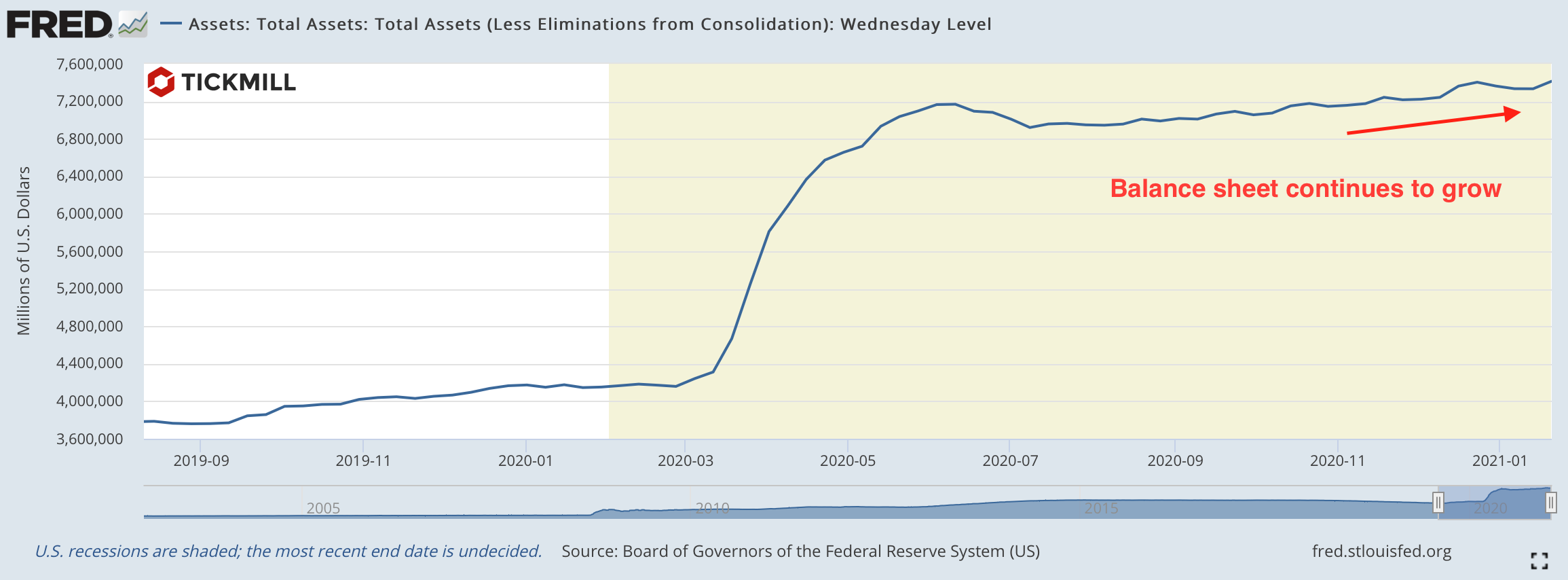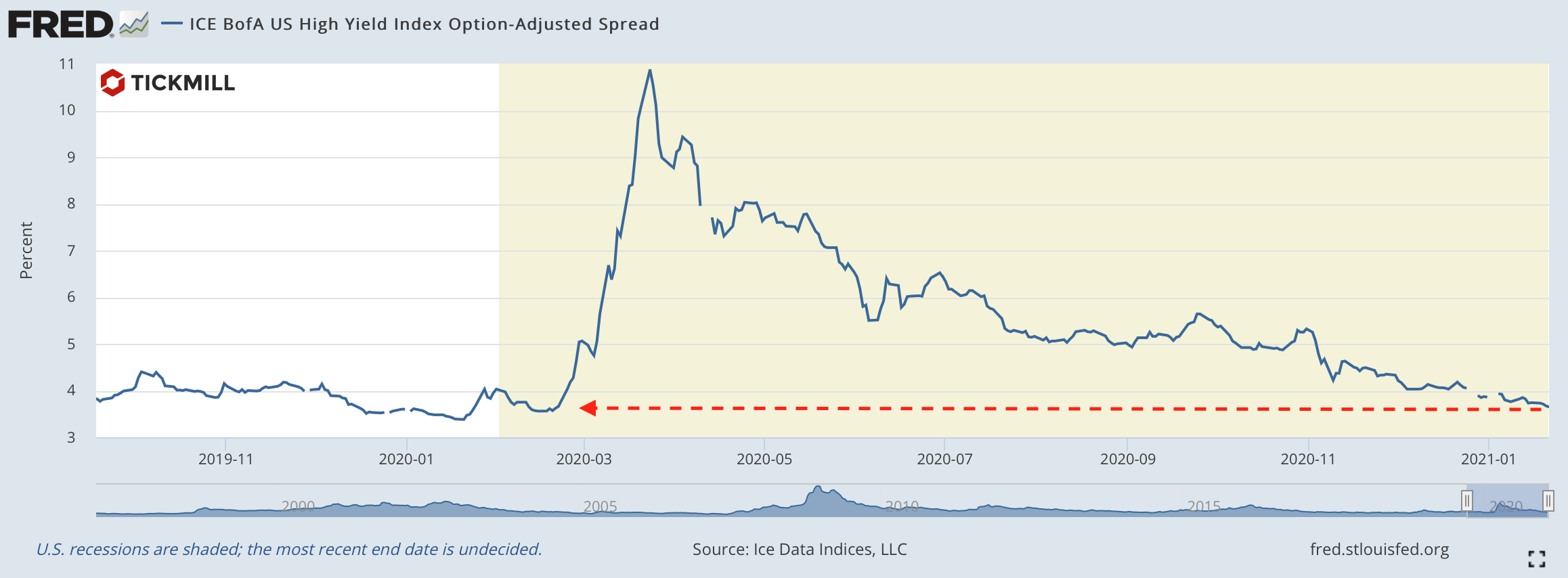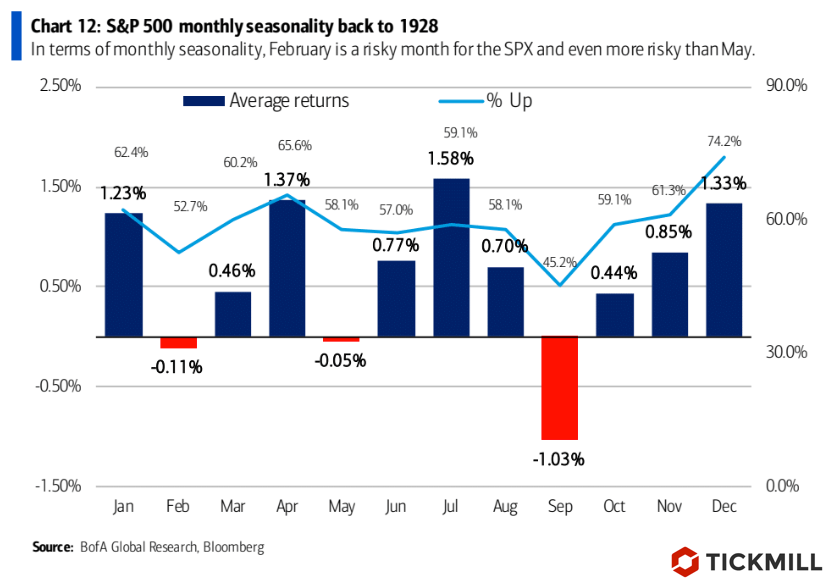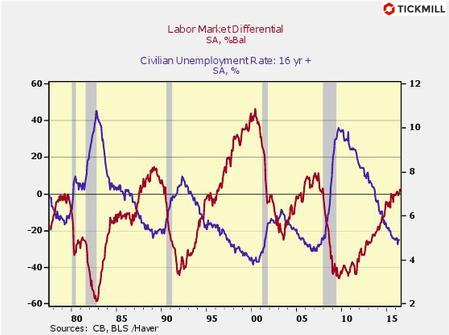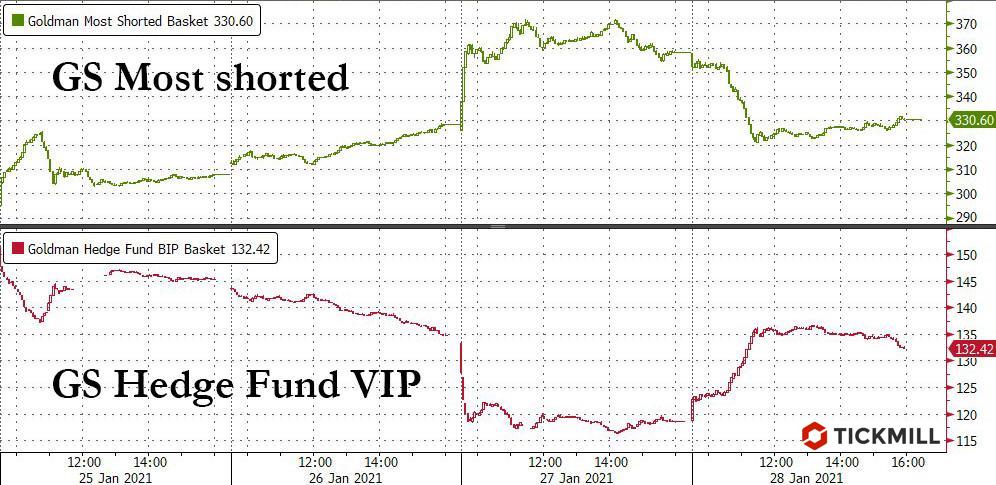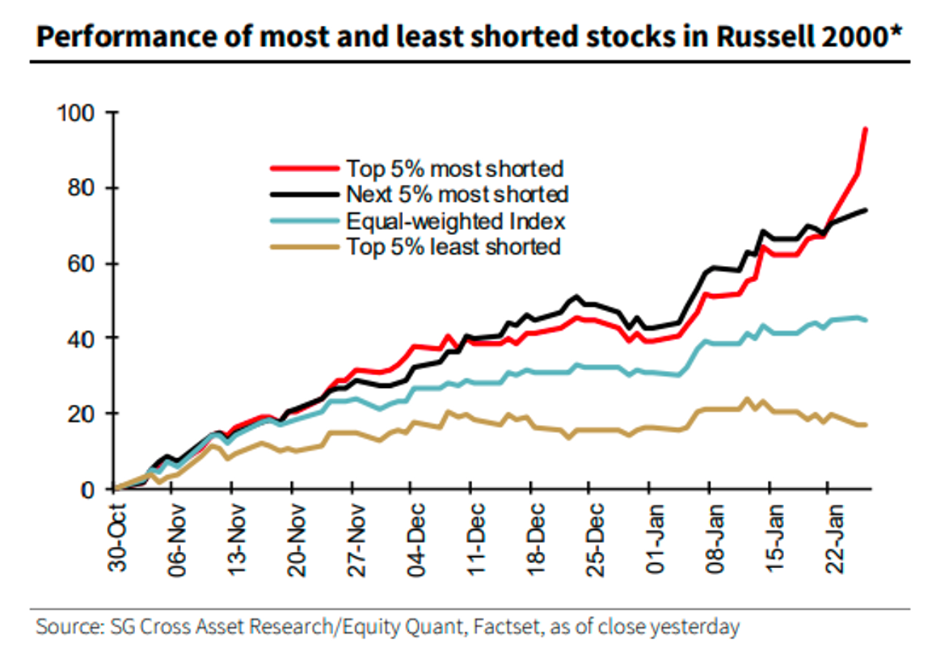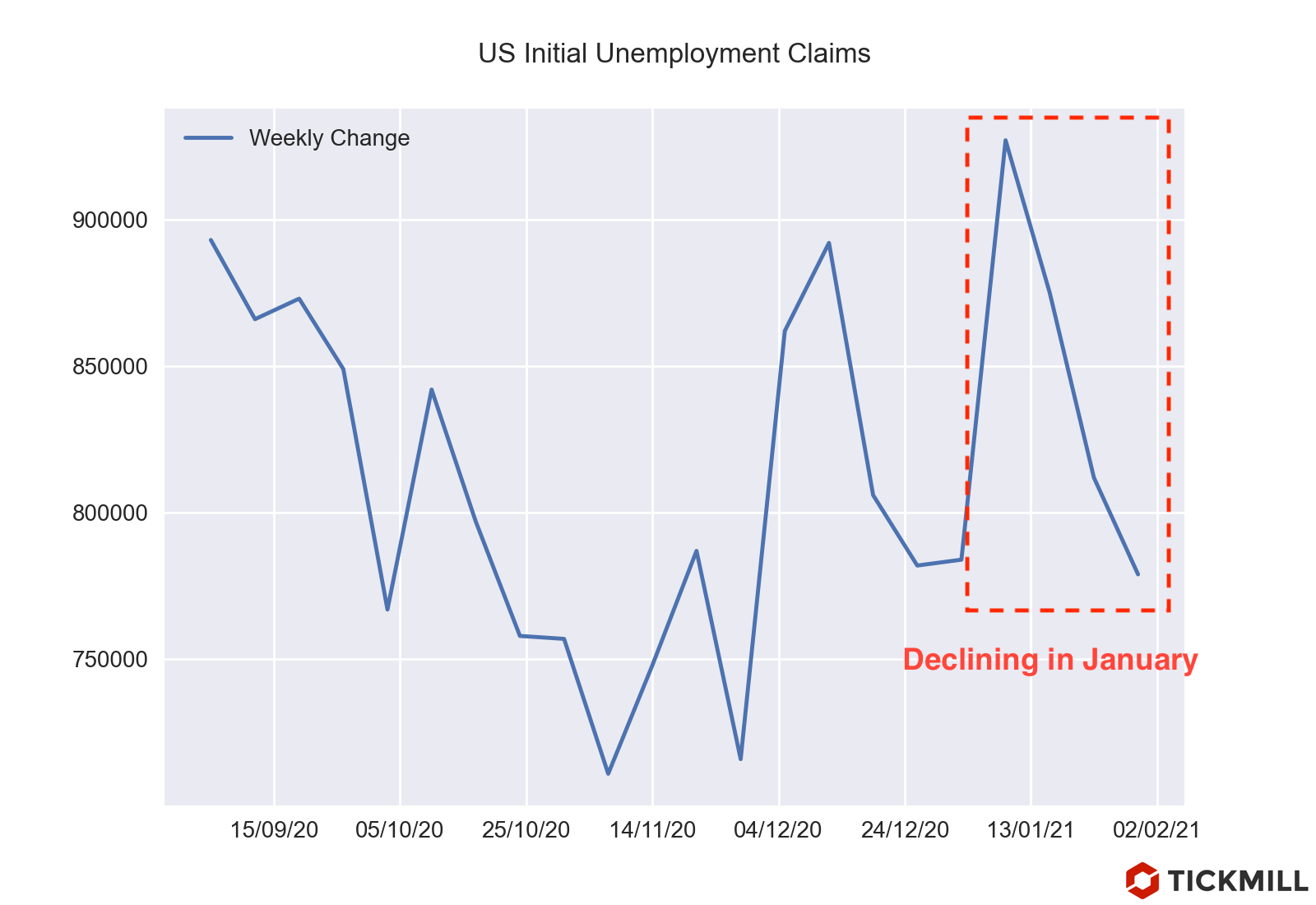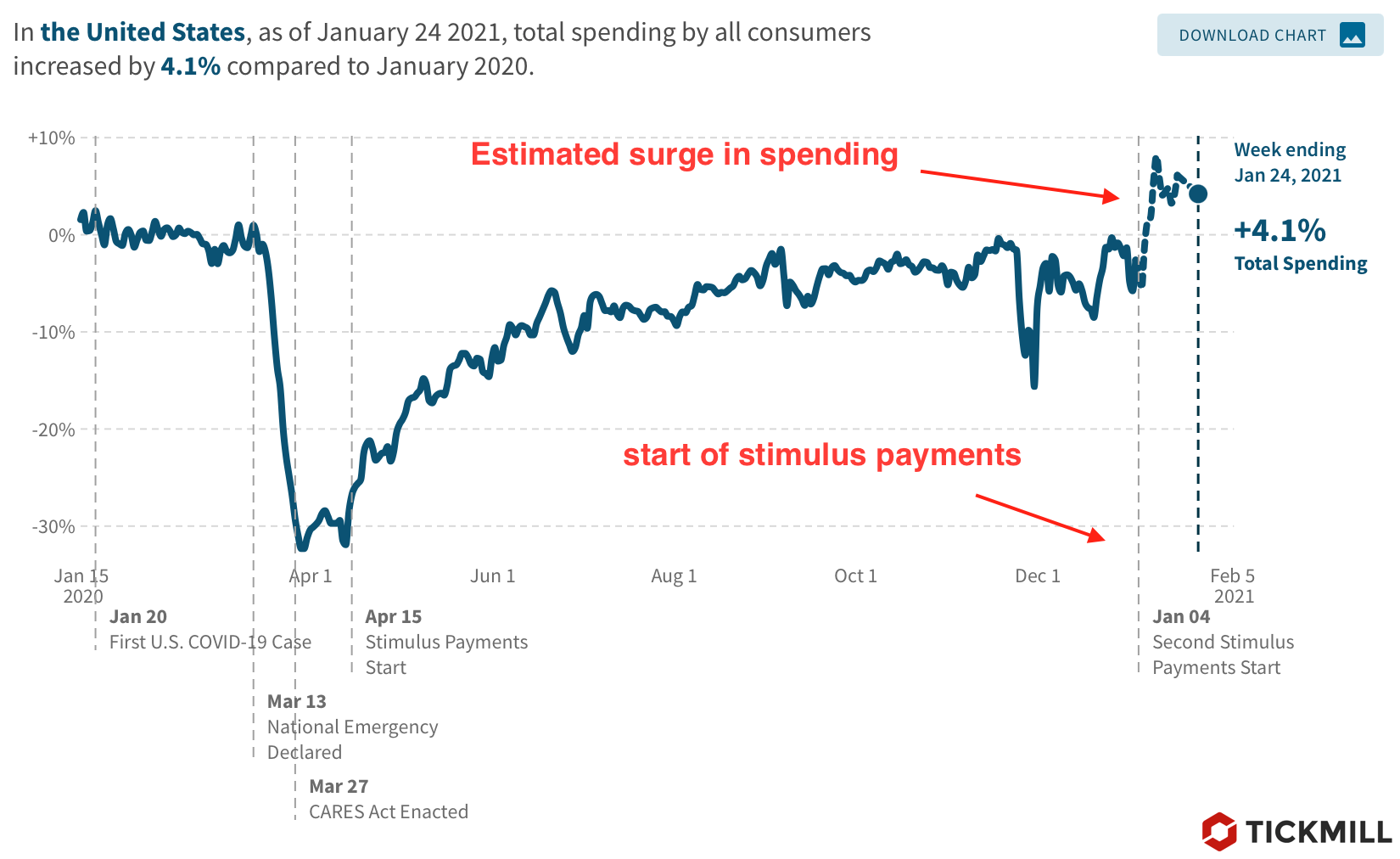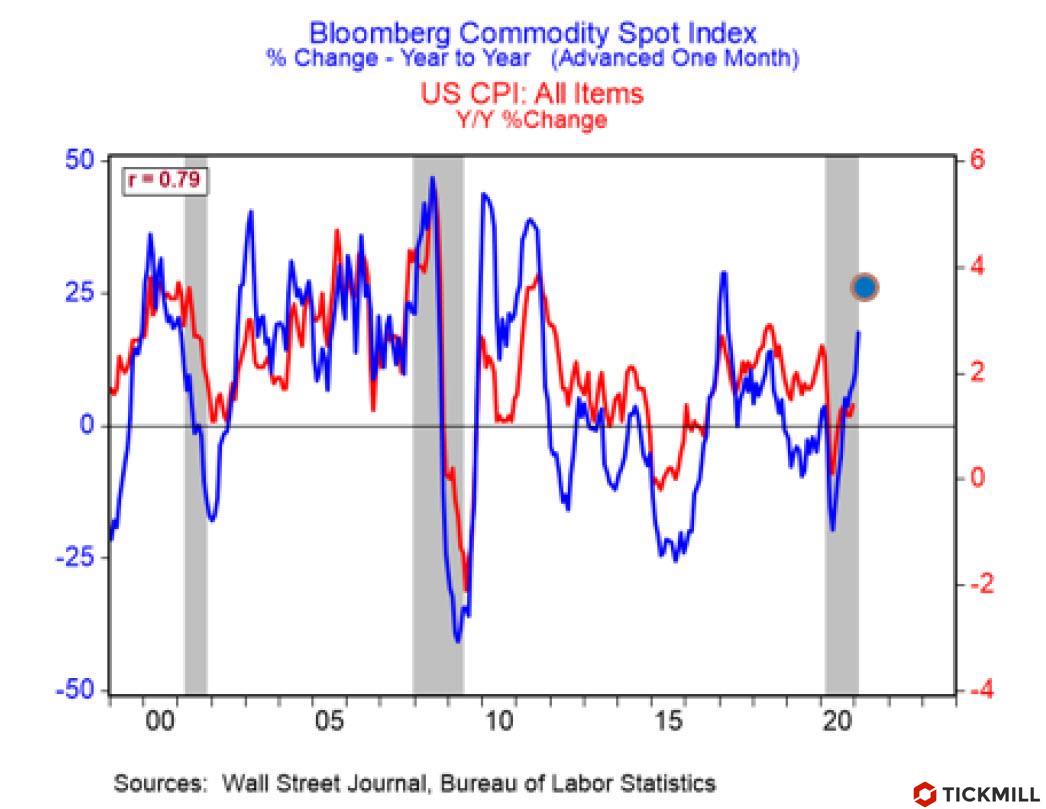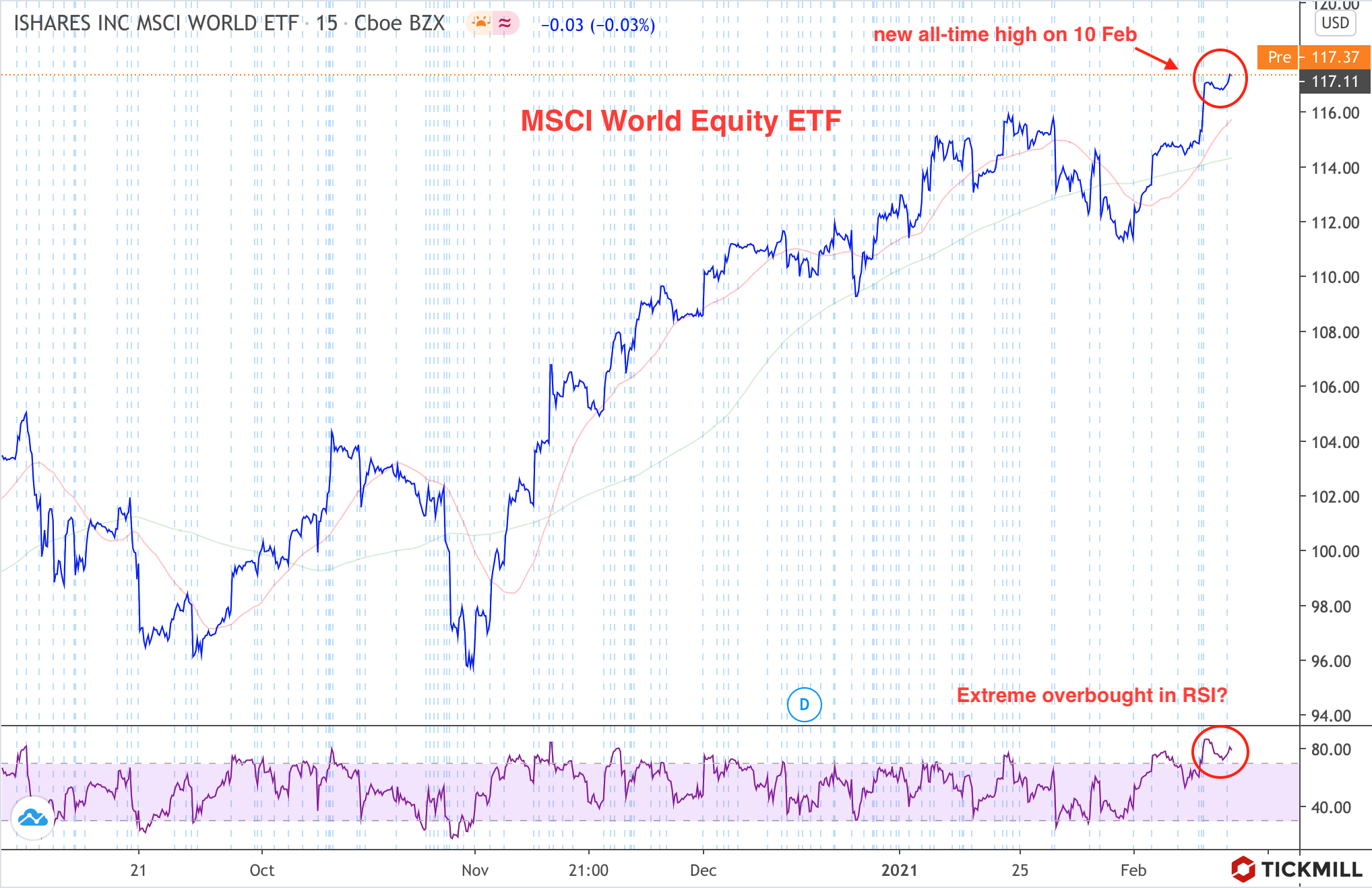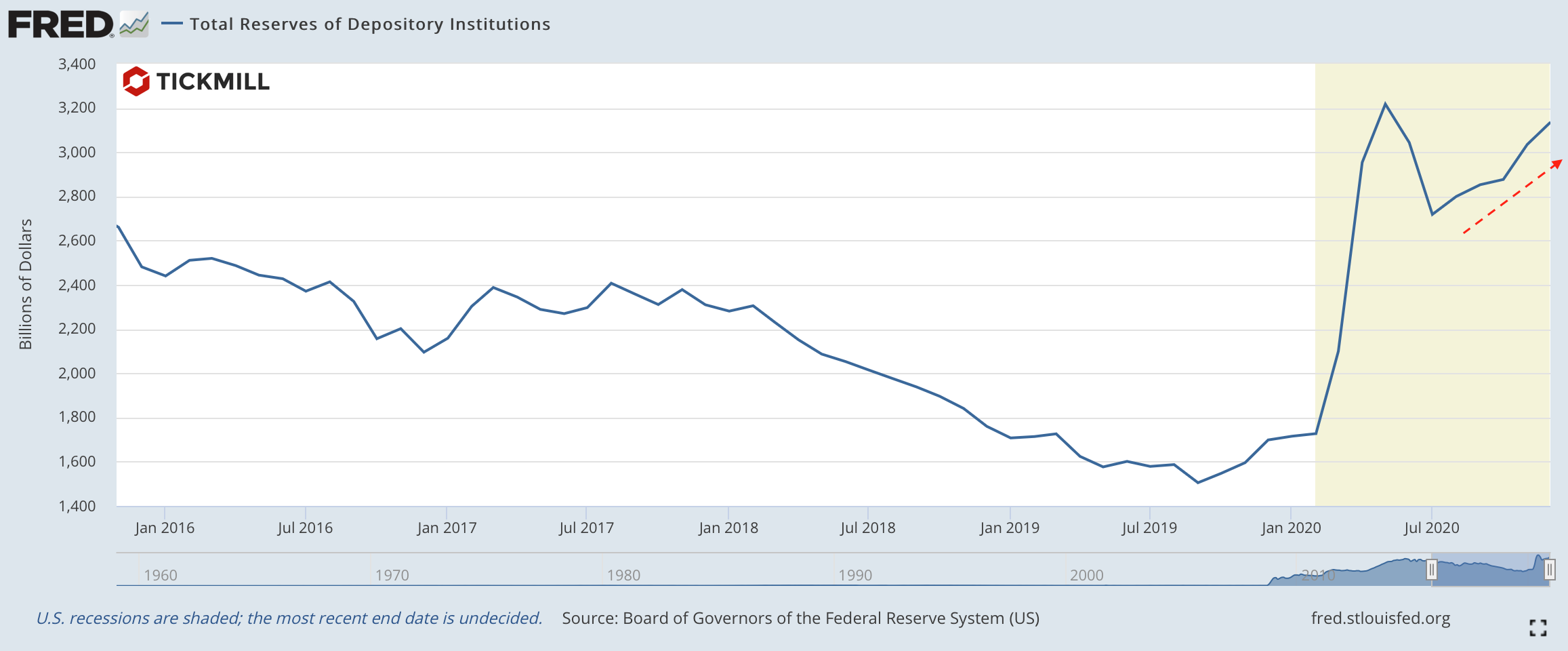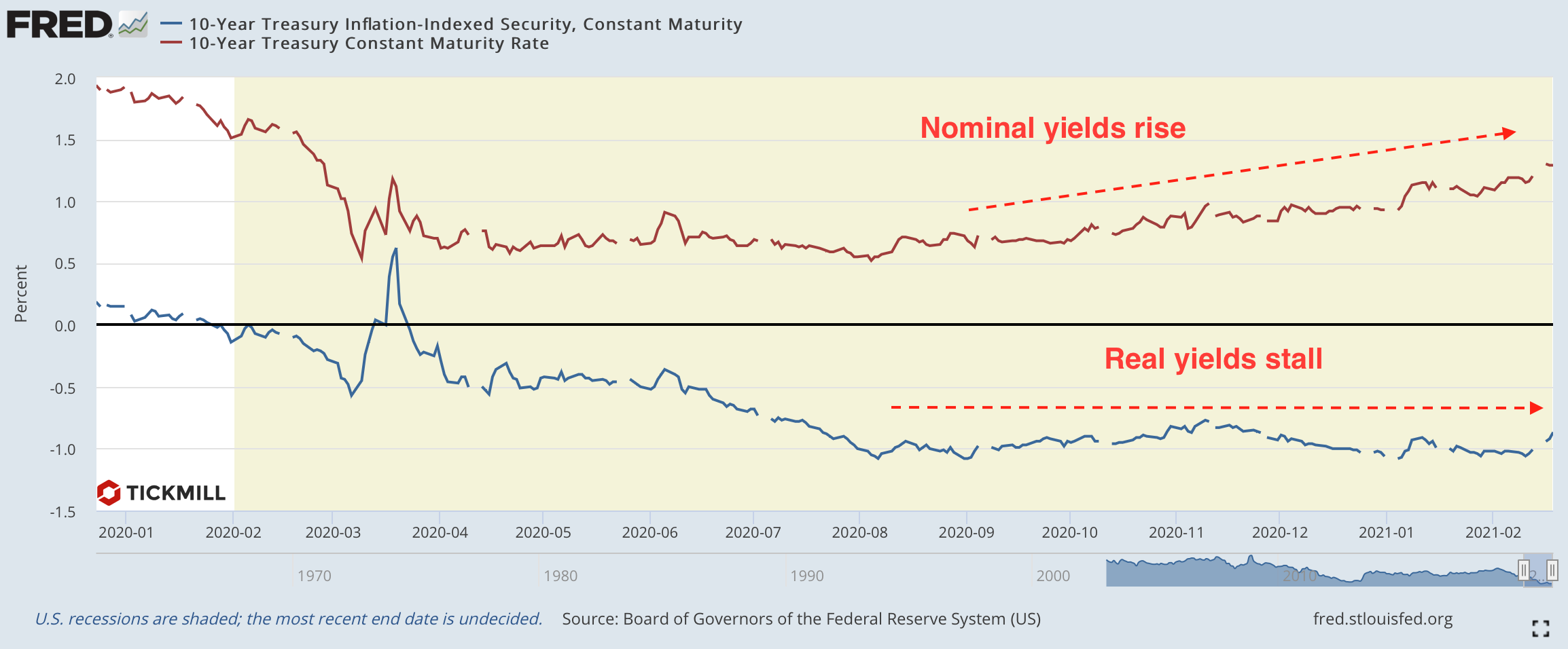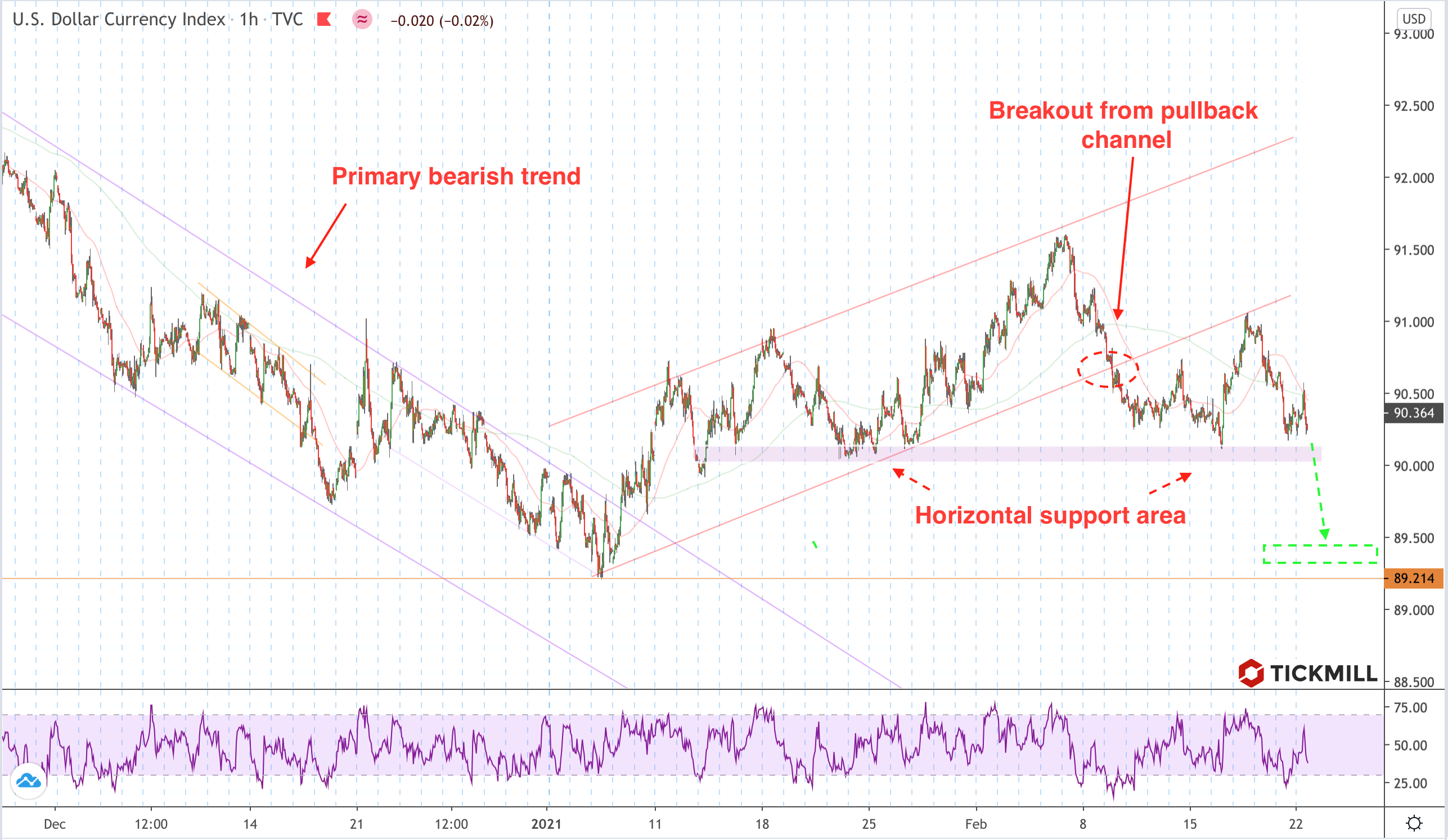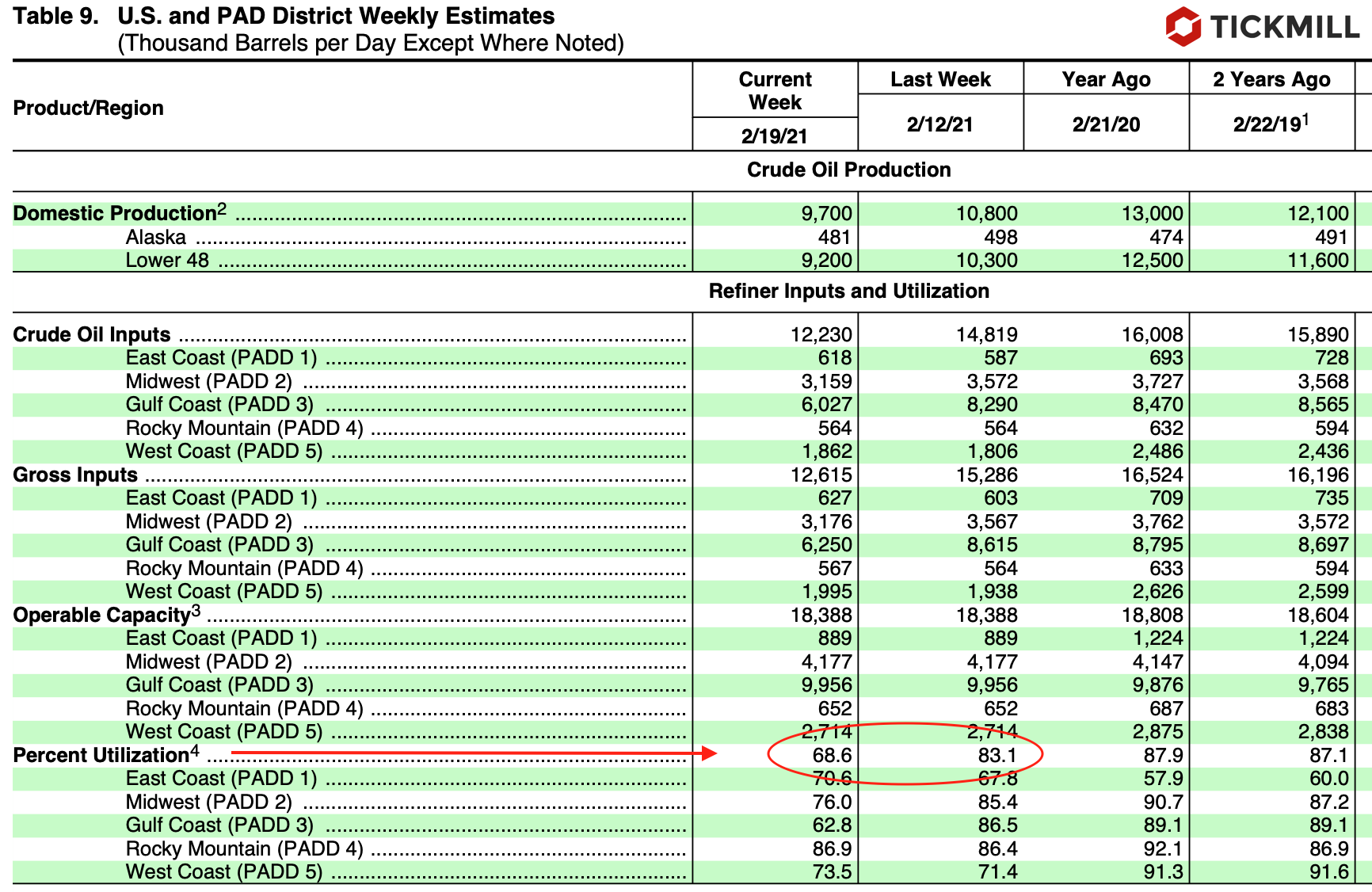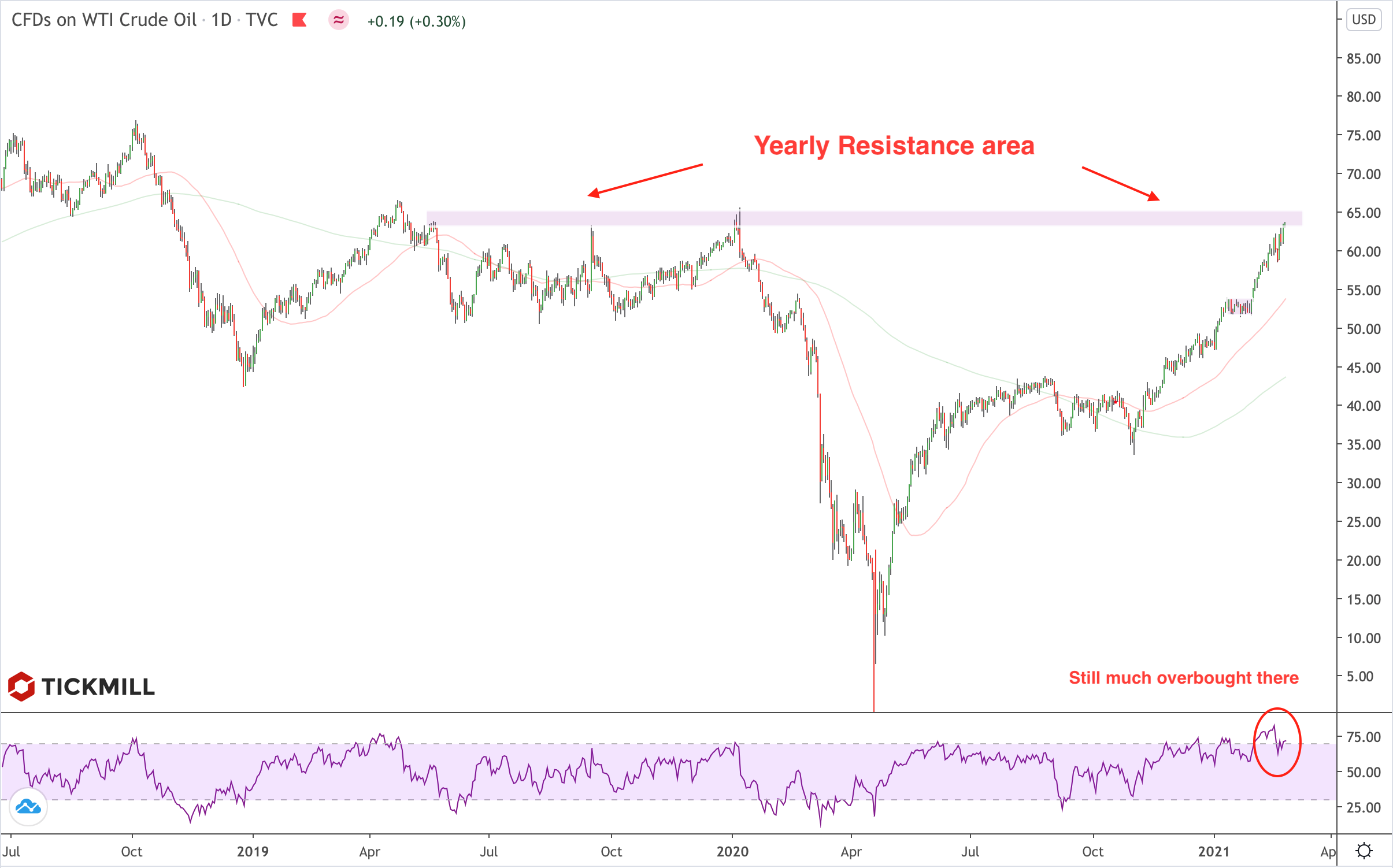tickmill-news
Well-known member
- Messages
- 393
- Likes
- 1
US stocks dodge correction as new US stimulus plan seems to suit both parties
US stock market once again dodged looming bearish pullback on Tuesday thanks to positive news on the stimulus package.
Treasury Secretary Mnuchin presented a new stimulus plan on Tuesday that takes into account the priorities of both Democrats (funds for federal and local authorities) and Republicans (liability protection for businesses). The news immediately had an effect on the markets - the S&P interrupted the onset of a slump and swiftly climbed above the 3700 mark:
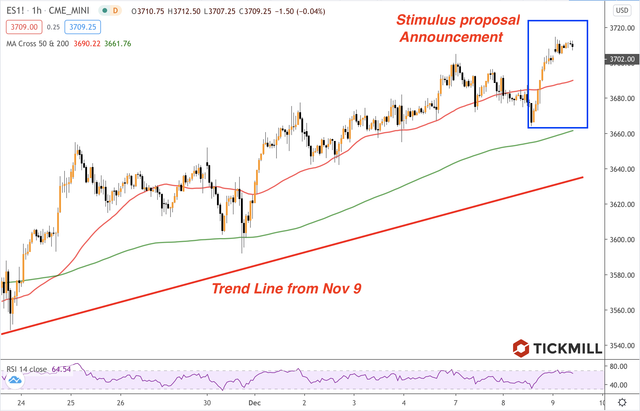
European stocks and oil prices rose on positive news from the US on Wednesday emerging market and commodity currencies strengthened against the USD. The move is very common to risk-on environment, which so far is based only on positive expectations from fiscal aid and start of a new economic cycle in 2021.
We hold our bearish view on USD and bullish on US stocks in December because US fiscal stimulus remains key theme that drives equity valuations and the potential from it is still untapped due to lack of conclusive information.
On the bearish side, the US credit agency Fitch said on Tuesday that it’s not planning to upgrade credit rating of any advanced economy for 2021, despite positive vaccine developments and favorable economic outlook. Fitch's chief economist told Reuters that the first positive changes in economic growth are shifting to 2022 due to downbeat impact of the second wave of social curbs in developed economies. Also, mass vaccinations in emerging market economies will begin later than previously thought due to logistics problems, as well as modest volume of pre-orders of the vaccine.
ZEW Expectations Index, the leading indicator of economic activity in Germany, significantly exceeded expectations in December. Key leading gauge of business conditions printed significantly higher, rising by 16 points to 55 points:
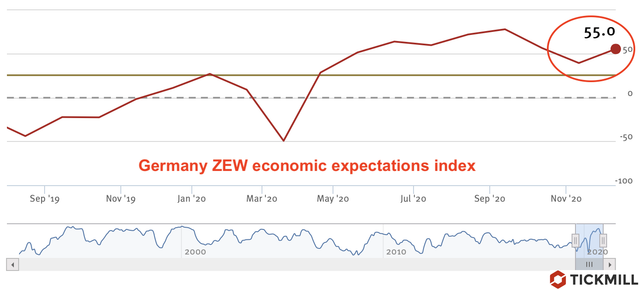
In the Eurozone, the index of economic expectations made a huge jump by 21.6 points to 54.4.
The uptick suggests that economic expectations in Germany almost fully recovered after a sharp decline in the previous month (against the background of lockdowns). It’s a very good sign for Eurozone that economic expectations responded to vaccine news as this suggests that everything is fine with forward-looking indicators, which include investment spending. If propensity of spending remains high, the only thing that Eurozone government needs to do to protect future recovery is to offset short-term transient impact from lockdowns on consumption.
Robust expectations tell us that the investment component of Eurozone GDP will likely show quick recovery in the first quarter of 2021, as investment spending depends on perception of future economic conditions like level of uncertainty and consumer demand and is highly correlated with economic expectations.
The index of current conditions remained in a deeply negative zone (-66 points) but markets mostly likely ignored it as near-term lockdown impact has been priced already before lockdowns were introduced.
Disclaimer: The material provided is for information purposes only and should not be considered as investment advice. The views, information, or opinions expressed in the text belong solely to the author, and not to the author’s employer, organization, committee or other group or individual or company.
High Risk Warning: CFDs are complex instruments and come with a high risk of losing money rapidly due to leverage. 75% and 72% of retail investor accounts lose money when trading CFDs with Tickmill UK Ltd and Tickmill Europe Ltd respectively. You should consider whether you understand how CFDs work and whether you can afford to take the high risk of losing your money.
US stock market once again dodged looming bearish pullback on Tuesday thanks to positive news on the stimulus package.
Treasury Secretary Mnuchin presented a new stimulus plan on Tuesday that takes into account the priorities of both Democrats (funds for federal and local authorities) and Republicans (liability protection for businesses). The news immediately had an effect on the markets - the S&P interrupted the onset of a slump and swiftly climbed above the 3700 mark:

European stocks and oil prices rose on positive news from the US on Wednesday emerging market and commodity currencies strengthened against the USD. The move is very common to risk-on environment, which so far is based only on positive expectations from fiscal aid and start of a new economic cycle in 2021.
We hold our bearish view on USD and bullish on US stocks in December because US fiscal stimulus remains key theme that drives equity valuations and the potential from it is still untapped due to lack of conclusive information.
On the bearish side, the US credit agency Fitch said on Tuesday that it’s not planning to upgrade credit rating of any advanced economy for 2021, despite positive vaccine developments and favorable economic outlook. Fitch's chief economist told Reuters that the first positive changes in economic growth are shifting to 2022 due to downbeat impact of the second wave of social curbs in developed economies. Also, mass vaccinations in emerging market economies will begin later than previously thought due to logistics problems, as well as modest volume of pre-orders of the vaccine.
ZEW Expectations Index, the leading indicator of economic activity in Germany, significantly exceeded expectations in December. Key leading gauge of business conditions printed significantly higher, rising by 16 points to 55 points:

In the Eurozone, the index of economic expectations made a huge jump by 21.6 points to 54.4.
The uptick suggests that economic expectations in Germany almost fully recovered after a sharp decline in the previous month (against the background of lockdowns). It’s a very good sign for Eurozone that economic expectations responded to vaccine news as this suggests that everything is fine with forward-looking indicators, which include investment spending. If propensity of spending remains high, the only thing that Eurozone government needs to do to protect future recovery is to offset short-term transient impact from lockdowns on consumption.
Robust expectations tell us that the investment component of Eurozone GDP will likely show quick recovery in the first quarter of 2021, as investment spending depends on perception of future economic conditions like level of uncertainty and consumer demand and is highly correlated with economic expectations.
The index of current conditions remained in a deeply negative zone (-66 points) but markets mostly likely ignored it as near-term lockdown impact has been priced already before lockdowns were introduced.
Disclaimer: The material provided is for information purposes only and should not be considered as investment advice. The views, information, or opinions expressed in the text belong solely to the author, and not to the author’s employer, organization, committee or other group or individual or company.
High Risk Warning: CFDs are complex instruments and come with a high risk of losing money rapidly due to leverage. 75% and 72% of retail investor accounts lose money when trading CFDs with Tickmill UK Ltd and Tickmill Europe Ltd respectively. You should consider whether you understand how CFDs work and whether you can afford to take the high risk of losing your money.

